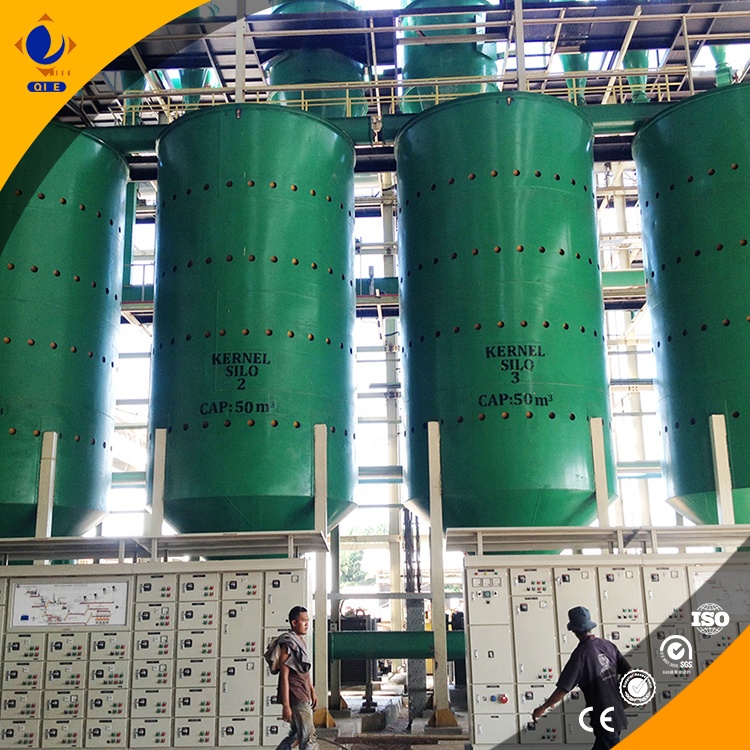
For many small to mid-sized soybean oil refineries, the journey from crude oil to market-ready edible oil is often plagued by inefficiencies—especially in the degumming stage. A poorly executed degumming process not only leaves phospholipids behind but also sets off a chain reaction that compromises clarity, flavor stability, and even compliance with international food safety standards like ISO 22000 or HACCP.
Degumming removes gums (mainly phosphatides) that cause emulsification during neutralization and bleaching. If pH fluctuates beyond ±0.2 during this step, you risk creating unstable emulsions—a common mistake among operators using manual controls. In one case study from a Malaysian facility, adjusting degumming pH from 4.7 to 5.0 reduced residual phosphorus from 180 ppm to 65 ppm, cutting downstream filtration costs by 22%.
| Process Step | Key Control Point | Typical Impact if Mismanaged |
|---|---|---|
| Degumming | pH (4.5–5.5), temperature (50–60°C) | High viscosity, poor separation, increased soap stock |
| Neutralization | Free fatty acid level (< 1%) | Increased oil loss, higher caustic consumption |
| Bleaching | Activated clay dosage (0.5–1.5%) | Color instability, over-bleaching, wasted chemicals |
| Deodorization | Vacuum (≤0.5 mbar), temp (240–260°C) | Off-flavors, vitamin degradation, energy waste |
A Thai refinery saw its customer complaints drop by 40% after implementing a modular degumming unit with automatic water injection control. By reducing gum content from 120 ppm to 45 ppm, they achieved better smoke point consistency and eliminated cloudiness in stored oils—critical for export markets like the EU and Japan where quality expectations are high.
And it’s not just about quality. Energy savings matter too. One Indian plant recovered 30% of heat from the neutralizer effluent stream using a plate heat exchanger—a simple tweak that cut gas usage by 15% per ton of oil processed. That’s around $120/month in savings at scale.

Operators often skip proper hydration or use outdated equipment simply because “it works.” But when your oil fails to meet EU Commission Regulation (EC) No 183/2005 on pesticide residues or shows elevated free fatty acids post-refining, the consequences go beyond rework—they can mean lost contracts and damaged reputation.
That’s why we recommend starting with a diagnostic checklist—not a full overhaul. Whether you’re dealing with inconsistent oil flow, frequent filter clogging, or rising lab test failures, there’s likely a root cause in how degumming is managed.
In a recent audit across 12 facilities in Vietnam, 7 had pH meters improperly calibrated—leading to unnecessary chemical overdosing. Fixing this alone saved an average of $8,000 annually per site.
Ready to stop guessing and start optimizing? Download our free Degumming Error Checklist + Operational Guide—used by refineries in India, Brazil, and Indonesia to reduce reject rates and improve export readiness.











